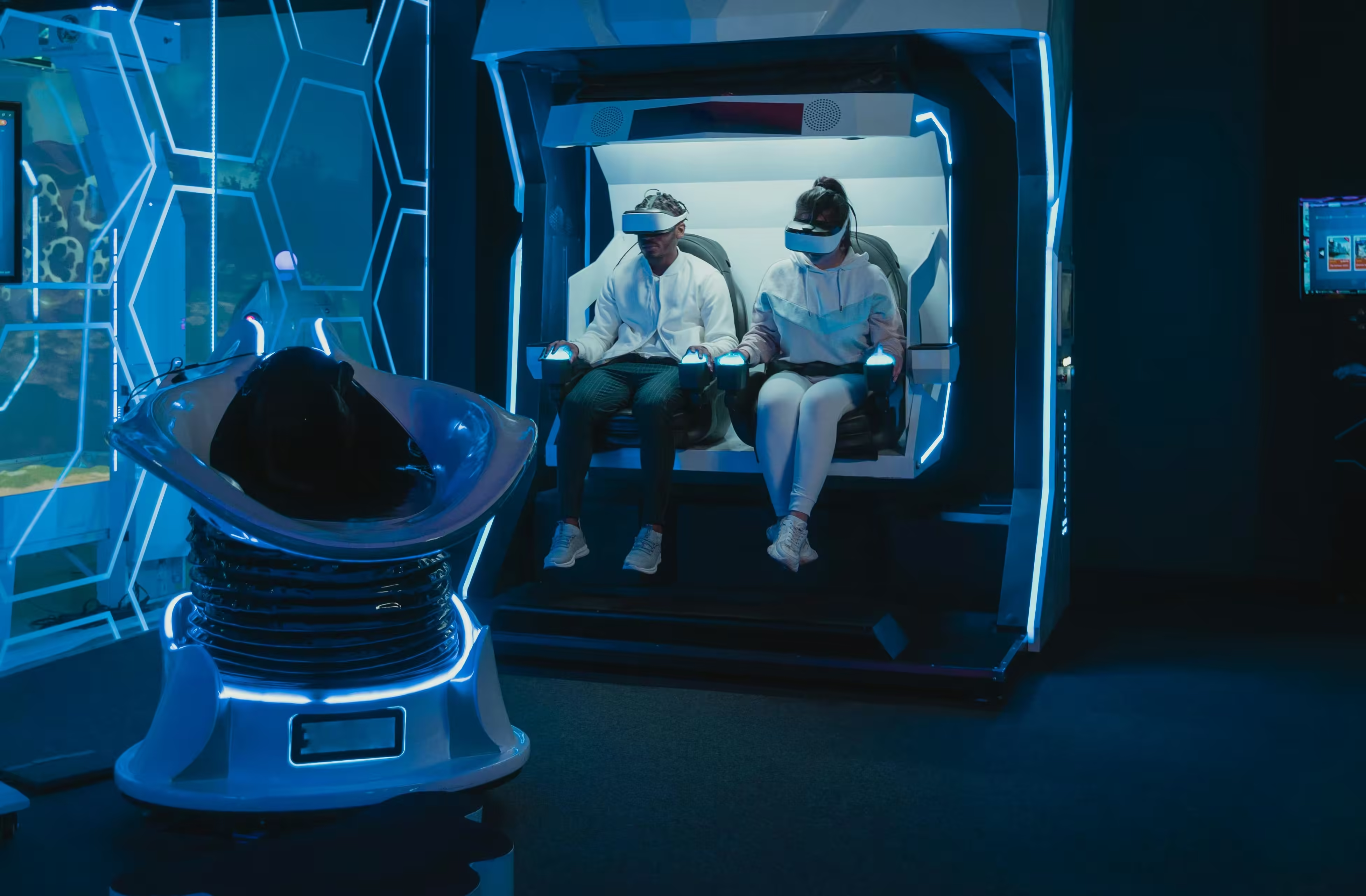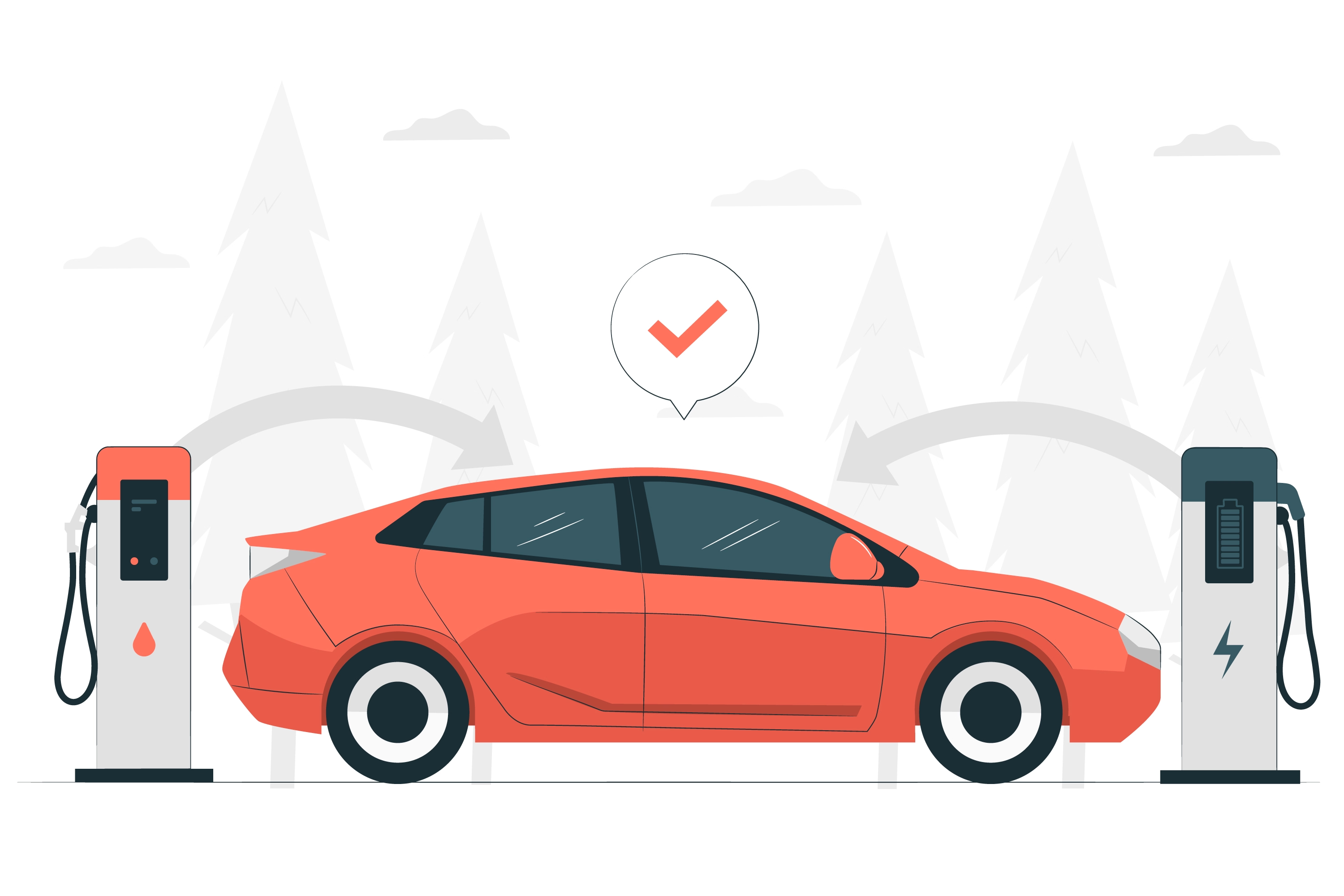Automotive 101: Simplified Explanation How Cars Work
Introduction to the Basics
We're about to take a joyride through the basics of how cars work. Whether you're a seasoned gearhead or a curious newbie, understanding the fundamentals of automotive engineering can be as thrilling as a high-speed chase scene. From the inner workings of the internal combustion engine to the smooth operation of electric vehicles, knowing how cars function not only satisfies curiosity but also deepens your appreciation for these technological marvels. So, let's rev those engines and dive in!
What Are the Main Segments of a Car?
Every car consists of six key modules. These include:
- Powertrain: The engine, transmission, and components that generate and deliver power to the wheels.
- Chassis and Tires: This is the car's framework, suspension, steering, and tires.
- Electrical/Electronics (E/E): Modern cars have intricate electronics, from infotainment systems to engine control modules.
- Interior: Includes the seats, dashboard, climate controls, and displays that drivers and passengers interact with.
- Exterior: This includes body panels, lights, and mirrors, giving the car its shape and style.
- Body Structure: The structural backbone of the car, including the body shell, doors, and roof.
What’s Under the Hood?
A car's key components, especially in internal combustion engine (ICE) vehicles, can be broken down into 16 different systems, including the engine, transmission, brakes, suspension, and electrical systems. Each plays a vital role in ensuring the car operates smoothly and efficiently.
ICE vs. EV Components Comparison
| Component | ICE Vehicles | EV Vehicles |
|---|---|---|
| Power Source | Combustion engine (gasoline/diesel) | Electric motor (battery) |
| Transmission | Multi-gear transmission | Single-speed transmission |
| Fuel Type | Gasoline or diesel | Electricity (battery) |
| Exhaust | Requires an exhaust system | No exhaust system |
How Does a Car Engine Work?
An internal combustion engine works by burning fuel to generate power. The process involves mixing air and fuel, igniting it, and driving pistons to generate energy. In electric vehicles (EVs), the process is much simpler as the battery directly powers the electric motor, providing instant torque to the wheels.
Understanding the Automotive Industry
Did you know the automotive industry contributes around 2.44% to the global GDP and provides jobs to over 23.4 million people in the EU and US? With OEMs investing billions in research and development, it's a hub of innovation. The industry constantly pushes boundaries, focusing on making vehicles more efficient, sustainable, and safe.
How is a Car Developed?
The development of a vehicle involves several stages:
- Product Development: Engineers and designers conceptualize and design the vehicle.
- Procurement: The necessary materials and parts are sourced.
- Manufacturing: The car is assembled in a factory.
- Marketing & Sales: The car is promoted and sold to consumers.
- After-Sales Services: This stage involves vehicle maintenance, servicing, and repairs.
What are Major Challenges in the Auto Industry?
The automotive world faces many challenges, including shifts towards electric vehicles (EVs), autonomous driving, changing consumer behaviors (like car-sharing and subscriptions), and regulatory changes such as bans on internal combustion engine (ICE) vehicles. The sector is also experiencing supply chain issues, and with new market entrants, competition is tougher than ever.
What Major Forces are Driving EV Adoption?
The adoption of electric vehicles is accelerating, thanks to a combination of stricter regulations, lowering costs of ownership, and ambitious targets set by manufacturers. By 2025, over 400 battery electric and plug-in hybrid models will be available, with many companies aiming for 100% EV production by 2030. Incentives, improvements in battery technology, and pressure from investors are driving this rapid change.
Conclusion: The Marvel of Modern Engineering
There you have it—a simplified guide to understanding how cars work. From the powertrain to the body structure, every component plays an essential role in the overall performance of the vehicle. Whether you're driving a compact car or a high-performance luxury model, knowing what goes into making a car can deepen your appreciation for modern automotive engineering. As the industry evolves, staying informed will help you understand how these technological wonders will continue to improve our driving experience.



